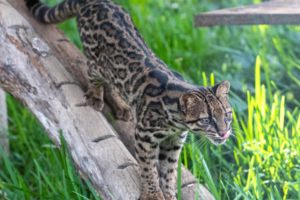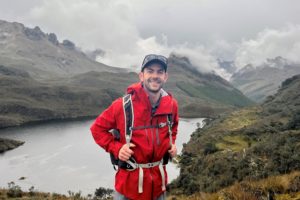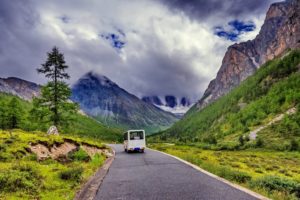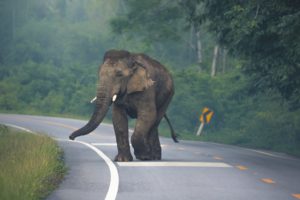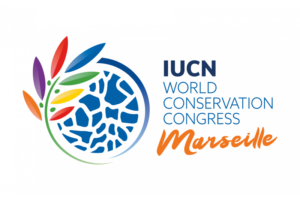On the Trail of Oncilla in Costa Rica
People who are cat people know that cats have their own agenda. People who are dog people recognize that dogs want to share their agendas with you. We get to mix these agendas when working a detection dog to find scat from an elusive cat in Costa Rica. In the high forests of this beautiful country, hide a suite of cat species—from jaguar and cougar, to ocelot, margay and jaguarundi. And while always there, but rarely seen, is a small, spotted, nocturnal cat called oncilla. So little is known of this cat, that their scat—or poop—holds precious genetic information that can help us learn more about this declining species, and well… dogs are good at finding hard-to-find things and telling us about it.
